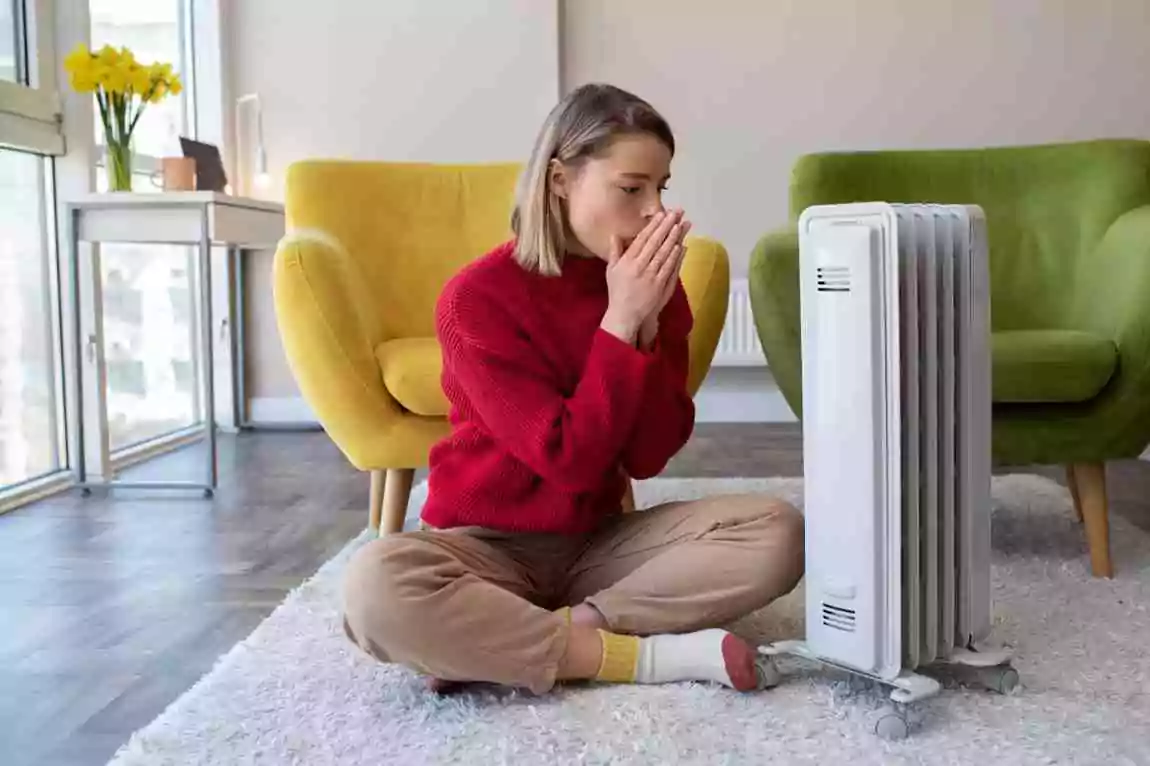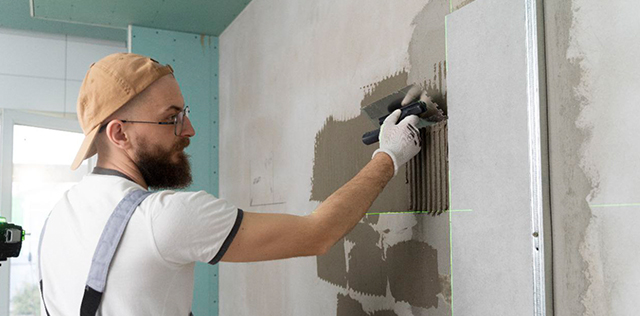Is the Air Inside Your Data Center Sabotaging Your Uptime?
- 22 May, 2025

Data centers are the digital heartbeat of modern enterprises. From cloud storage to financial transactions, every byte counts. But while most facilities invest heavily in cooling systems, cybersecurity, and backup generators, one silent threat often goes unnoticed: indoor air quality.
Uncontrolled levels of indoor air contaminants can lead to hardware corrosion, overheating, static discharge, and eventual system failure. Yes, poor indoor air quality can directly lead to data center downtime.
In this blog, we’ll explore:
- Why indoor air quality is critical for data centers
- The types of indoor air pollutants that cause damage
- How air quality testing helps prevent costly downtime
Are you protecting your most valuable digital assets? 3 Factors That Can Cripple Your Data Center
The Growing Importance of Air Quality in Data Centers
Indoor air quality (IAQ) refers to the condition of the air inside a building, particularly as it relates to the health and functionality of equipment and personnel. For data centers, poor IAQ isn’t just a comfort issue—it’s a direct threat to uptime.
According to a study by ASHRAE, corrosive gases and particulate matter in server rooms have led to significant increases in hardware failure rates. Factors like humidity, dust, and airborne sulfur compounds can cause corrosion on circuit boards, leading to errors and outages.
Want to understand what’s floating in your facility? Read our blog on Top Five Indoor Air Pollutants and How Testing Can Find Them..
Common Threats Poor IAQ Poses to Data Centers
- Corrosion from Gaseous Pollutants
- Sulfur dioxide (SO2) and hydrogen sulfide (H2S) can corrode silver and copper in circuit boards.
- These gases often originate from nearby industrial activity or poorly filtered outdoor air.
- Particulate Contamination
- Dust, dirt, and fibers accumulate on hardware, blocking airflow and causing overheating.
- Unsealed entryways and inadequate filtration are common culprits.
- Electrostatic Discharge (ESD)
- Cooling System Inefficiencies
Dry, unbalanced air increases the risk of static buildup, damaging sensitive components.
Pollutants clog filters and obstruct vents, reducing cooling efficiency and increasing energy costs.
Steps to Safeguard Against Air-Induced Downtime
-
Conduct a Home Air Quality Test for Server Rooms
Though “home air quality test” kits are consumer-grade, industrial-grade air testing provides deeper insights.
Get a professional air quality check to assess temperature, humidity, VOCs, and particle count. -
Schedule Regular Pollution Checks
Indoor air quality pollutants can fluctuate based on weather and occupancy. Testing should be quarterly or bi-annually. -
Install and Maintain HEPA Filters and Gas Absorption Systems
Use HEPA and activated carbon filters to trap particulate and gaseous contaminants.
Replace filters per manufacturer guidelines or based on testing insights. -
Control Environmental Parameters
Maintain ideal humidity (45-55%) and temperature (18-27°C) to prevent condensation and static.
Use automated monitoring systems for real-time alerts. -
Adopt a Cleanroom Protocol
Limit access, use anti-static mats and clothing, and ensure positive pressurization to keep pollutants out.
Action Plan to Reduce IAQ Risks
- Identify high-risk zones within the server room.
- Conduct a professional air testing.
- Install appropriate filters.
- Monitor humidity and pollutant levels in real-time.
- Schedule quarterly pollution checks.
- Train facility staff on contamination control.
- Develop a disaster response plan in case of sudden IAQ shifts.
Downtime is costly. But what’s worse is knowing it was preventable. Ensuring clean, balanced indoor air quality can mean the difference between seamless operations and costly server failures.
Get an air audit today and protect your digital backbone from invisible threats.
Book Your Data Center Air Quality Check
FAQs
Q1: What’s the ideal air quality standard for server rooms?
ASHRAE recommends <10 μg/m3 for corrosive gases and <500 μg/m3 for particulate matter.
Q2: Can outdoor air affect indoor server rooms?
Yes. Poor filtration or building leaks can bring in pollutants.
Q3: Is regular HVAC maintenance enough?
Not always. Without air quality testing, you might miss gaseous threats or micro-particles.
Q4: Can poor IAQ void server warranties?
Yes. Manufacturers often include environmental thresholds in warranty conditions.
Related Blogs
The Impact of Climate Change on India's Agriculture and Food Security
- 23 September, 2024












